Lily buds not opening is quite like a gut punch, especially when they were expected to bloom beautifully in the first place.
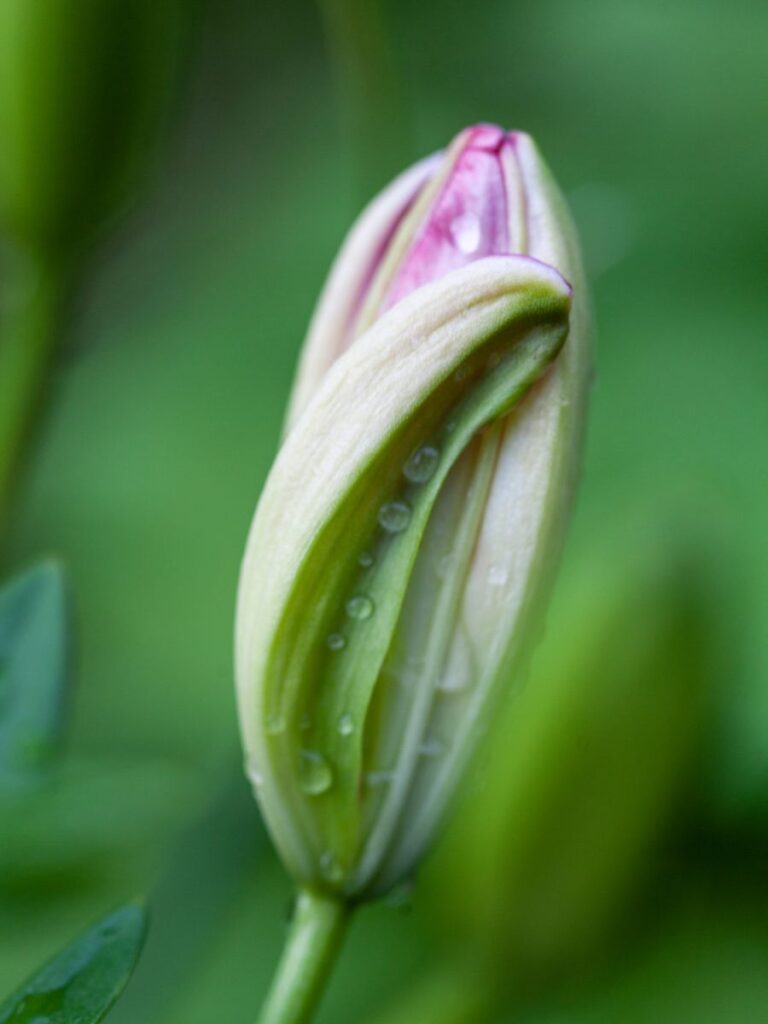
Imagine plumping lily buds, brimming with promise, refusing to unfurl their vibrant petals.
You're reading: Why Lily Buds Not Opening?
It’s a garden heartache, a floral betrayal. But before you toss in the trowel, take a deep breath.
This guide dives deep into the mysteries of unfurling flowers, equipping you with the knowledge and strategies to transform shy buds into dazzling spectacles.
Join us on a journey to coax out lily magnificence, one delicate petal at a time!
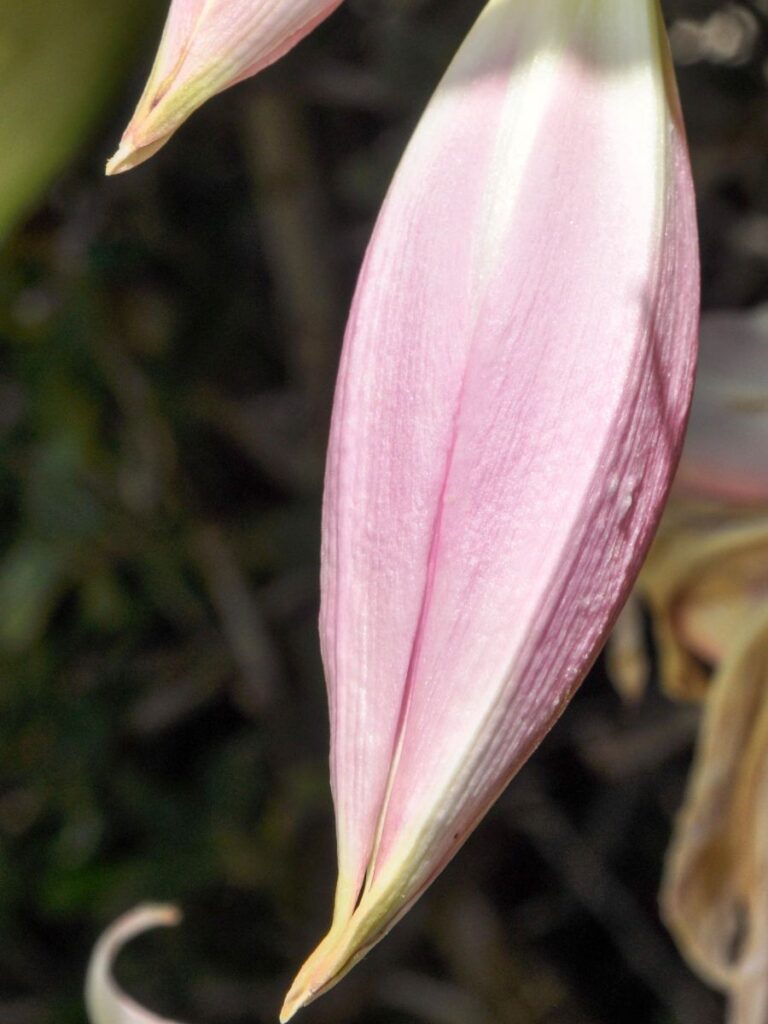
Lily Buds Not Opening & 5 Reasons Why
From environmental snags to pesky invaders, a bouquet of reasons can keep lily buds stubbornly closed.
Below are the factors that affected the blooming process, listed in order from the most common to the less encountered ones.
1. Temperature
Temperature – it’s the fickle ballerina of floral success, and lilies are its most delicate audience.
Venture beyond their preferred range of 65-75°F, and those budding dreams can fade faster than a summer sunset.
Even cut lilies, nestled in tepid baths, crave just the right temperature – too cold, a delayed curtain call; too hot, a tragically brief performance.
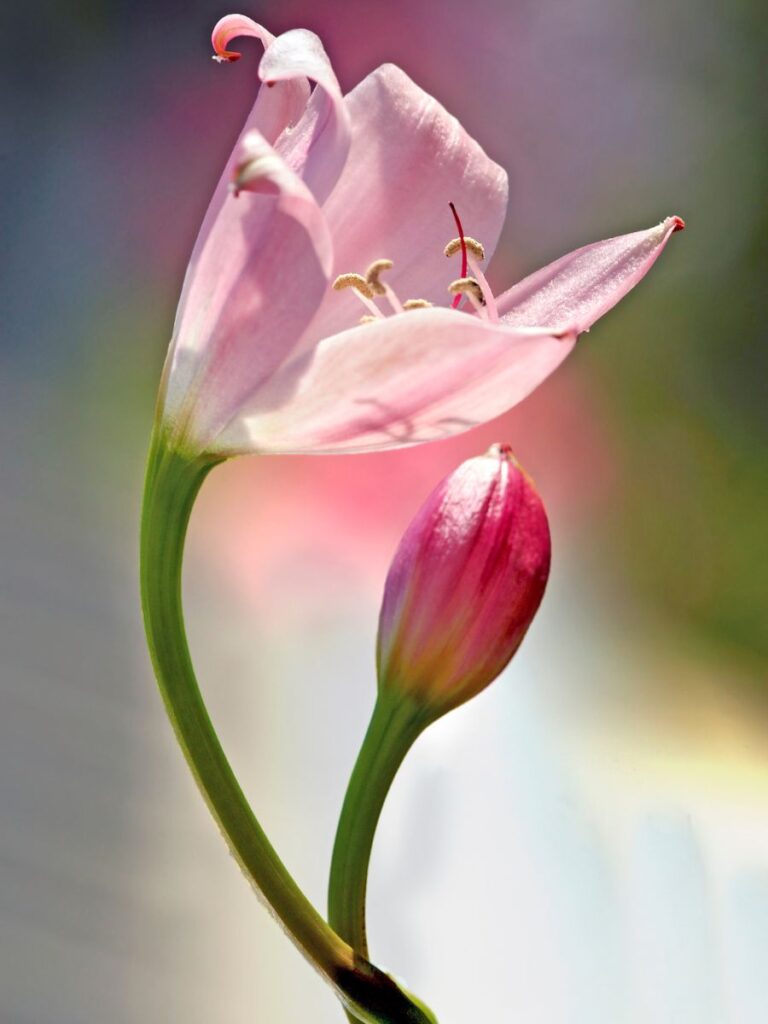
Fortunately, a temporary weather fluctuation won’t completely ruin your Lily’s bloom.
Buds affected by cooler nights will only experience a delay in their flowering process.
On the other hand, higher temperatures can lead to a shortened floral lifespan.
Remember these temperature tips:
- Think 65-75°F as Lily’s comfort zone.
- For bud opening, imagine a tropical haven – around 80°F.
2. Lack of Humidity
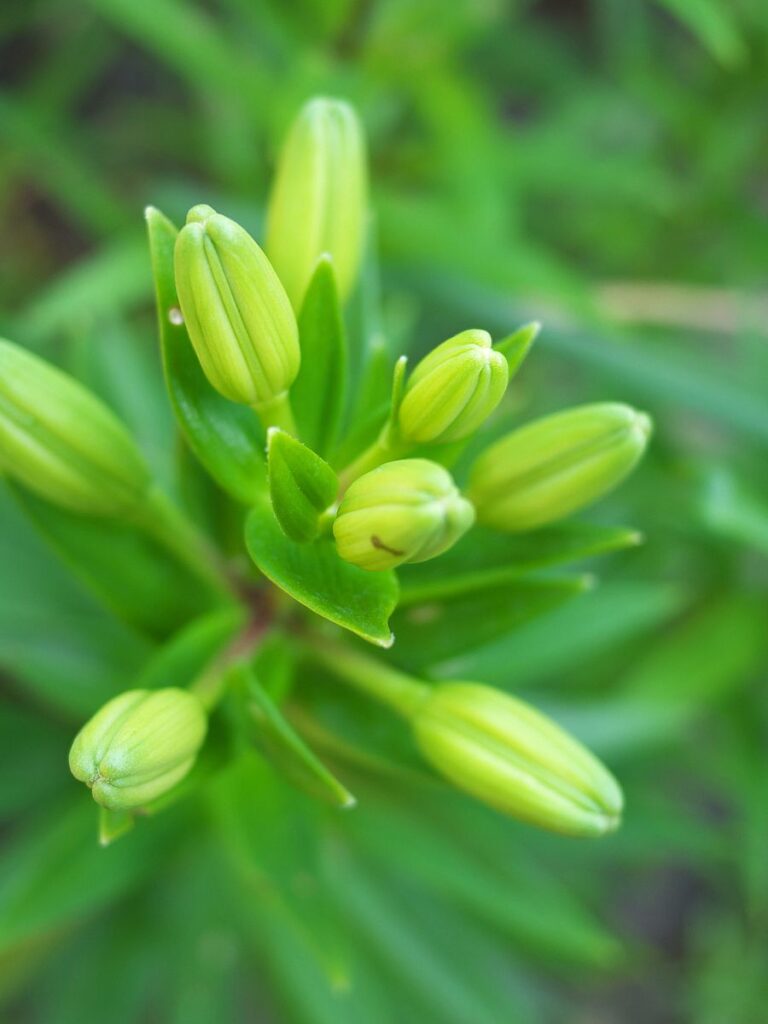
Dry air poses a significant threat to Lily buds, resulting in issues like shriveling or complete bud loss.
This environment also creates favorable conditions for fungal diseases like Botrytis, which can attack and rot the buds, further diminishing the chance of blooming.
It’s noteworthy, especially for Oriental and Asiatic varieties, that they require humidity levels of around 50-60% to truly bloom.
What To Do
Here are some ways to ensure adequate humidity for your lilies:
- Mist the plants daily: Gently mist the foliage and buds. Again, don’t go to the other extreme by providing excessive misting, as it can encourage fungal growth.
- Use a humidifier: Consider using a humidifier near your lilies, especially during dry seasons or in centrally heated/air-conditioned spaces.
- Place pebbles in trays: This is a common method to retain moisture for houseplants: fill trays with water and pebbles and place them beneath your lilies.
3. Ethylene Exposure

Let’s first explore what Ethylene is.
It is a colorless and sweet-smelling gas that acts as a hormone, regulating growth, blooming, and fruit ripening in most plant species.
Read more : Pansy vs Petunia: Unraveling the Charms of Your Garden’s Perfect Flower
Lily buds themselves also produce some ethylene, but when placed near ripe fruits like bananas, apples, and tomatoes, their ethylene emission creates a high concentration of the gas.
This situation can trigger a premature “aging” response in lily buds, causing them to abort and dry up before ever opening their petals.
Air Pollutants
Beyond fruit culprits, exposure to cigarette smoke or other airborne pollutants can disrupt the delicate hormonal balance within lily buds.
Unlike the delayed opening caused by high ethylene, pollutant exposure often leads to a more severe outcome: buds wilting and rotting altogether.
This is because pollutants can damage internal plant tissues, hindering their ability to function and ultimately leading to complete collapse.
4. Pests
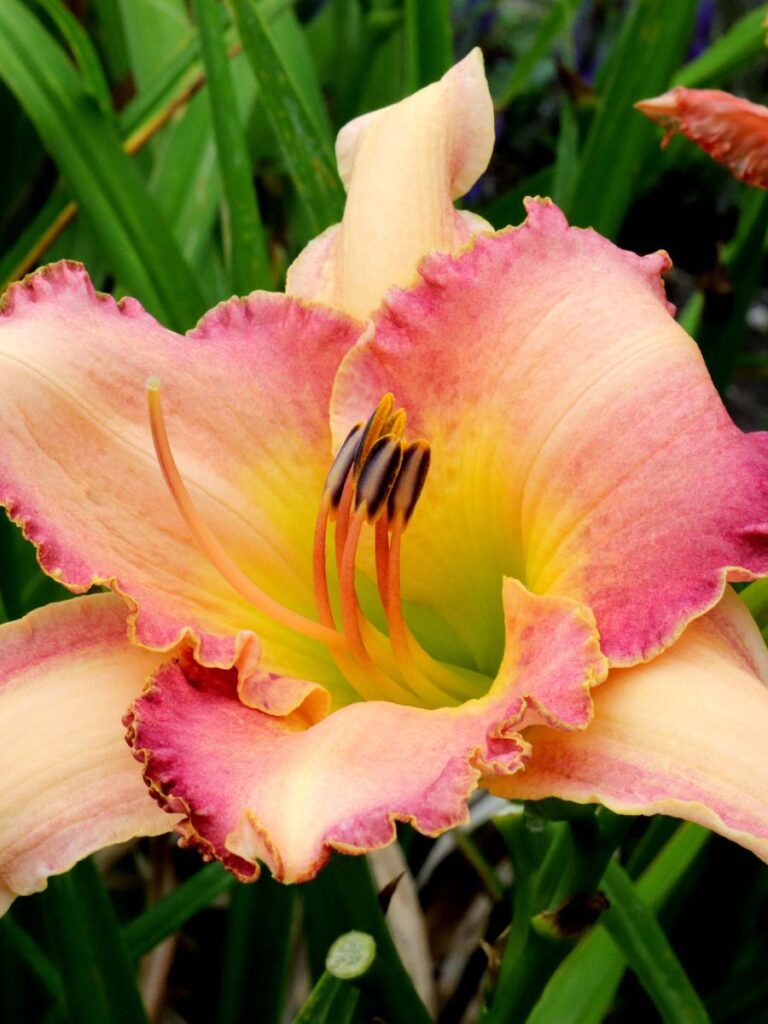
Certain insects use lily flowers as hosts for their eggs, but this is primarily a concern for daylilies rather than true lilies.
It’s crucial to distinguish between the two, especially since daylilies are commonly referred to simply as “lilies.”
Infested daylilies may show signs of wilting and dying flower buds, often accompanied by visible eggs.
Aside from that, you may also look out for potential problems such as:
- Aphids: These tiny bugs have a knack for sucking nutrients from flower buds, hindering their ability to open.
- Botrytis: This fungal disease is notorious for causing buds and flowers to rot, resulting in a brown or gray appearance.
- Fungal gnats: The larvae of these flies can feed on roots and stems, weakening the plant and adversely affecting bud development.
5. Unfavorable Growing Conditions
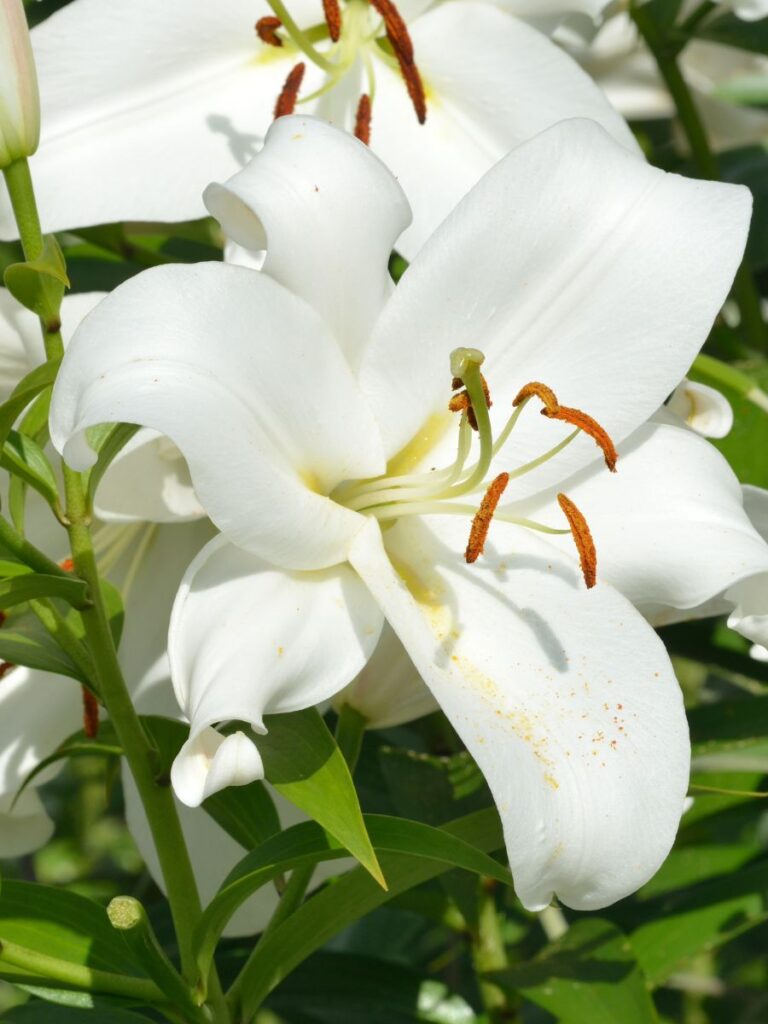
Lack of proper watering, sunlight, and essential nutrients can lead to subpar bud formation, deformed buds, and delayed blooming.
Optimal Growing Conditions for Lily Plant
Beautiful flowers stem from a healthy and vibrant plant. If you’re anticipating lovely Lily blooms, shower the plant with care and attention.
Let’s delve into the optimal conditions for this type of plant.
Sunlight
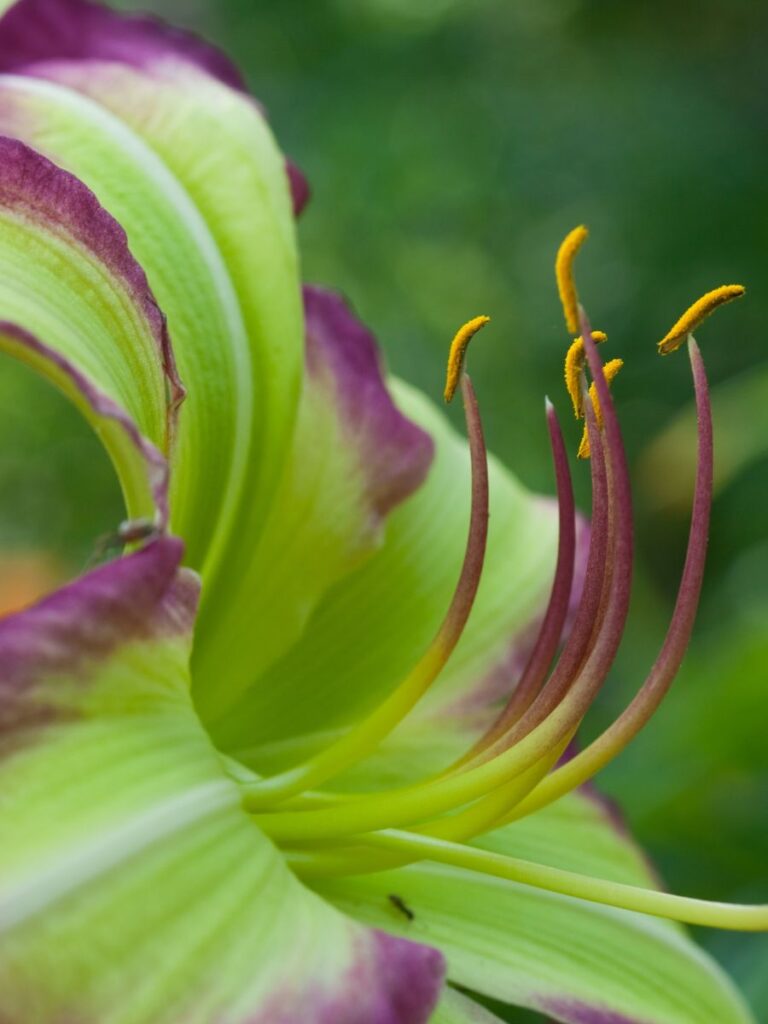
Lilies handle direct sunlight admirably, needing a minimum of 6 hours each day for healthy growth and the abundant formation of flower buds.
The primary culprit for growth issues, such as poor bud development, is insufficient light.
However, it’s crucial not to swing to the other side of the road and expose your lily to harsh sunlight.
Too much exposure, coupled with high temperatures, could undermine the entire purpose.
Temperature
We just discussed temperature fluctuations and their impact on lily blooms.
But fear not, the lilies themselves are tough cookies!
They’re considered hardy to USDA zone 5, meaning they can withstand chilly winters down to -29°C (-20°F).
And even scorching summers pose no problem for these resilient beauties.
So, while those delicate buds might be temperature-sensitive, the plant itself packs a punch when it comes to climate adaptability.
Soil
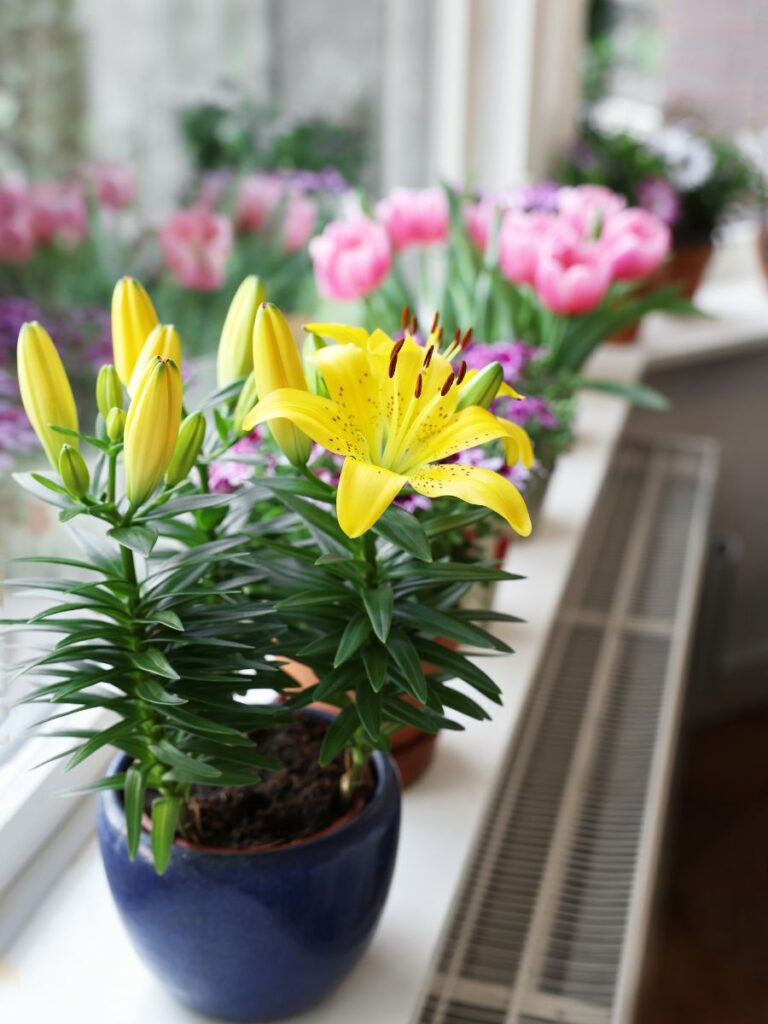
Read more : How To Grow Fort Hill Creeping Phlox
Lilies fancy a soil mix rich in compost, although they can endure some compaction and even clay soils.
The pH sweet spot for them is between 6.5 to 7.0. It’s advisable to give them a monthly dose of balanced fertilizers during the growing season.
Just exercise a bit of caution with high-nitrogen/low-phosphorus fertilizers, as they might lead to an overabundance of foliage growth, potentially sacrificing the formation of those beautiful flowers.
Watering
Lilies demand consistent watering and don’t fare well in drought conditions.
Typically, watering them once a week suffices for most climates, but during the summer, you might find it necessary to water them twice as often.
Mulching proves beneficial in preserving soil moisture, especially in more extensive garden areas.
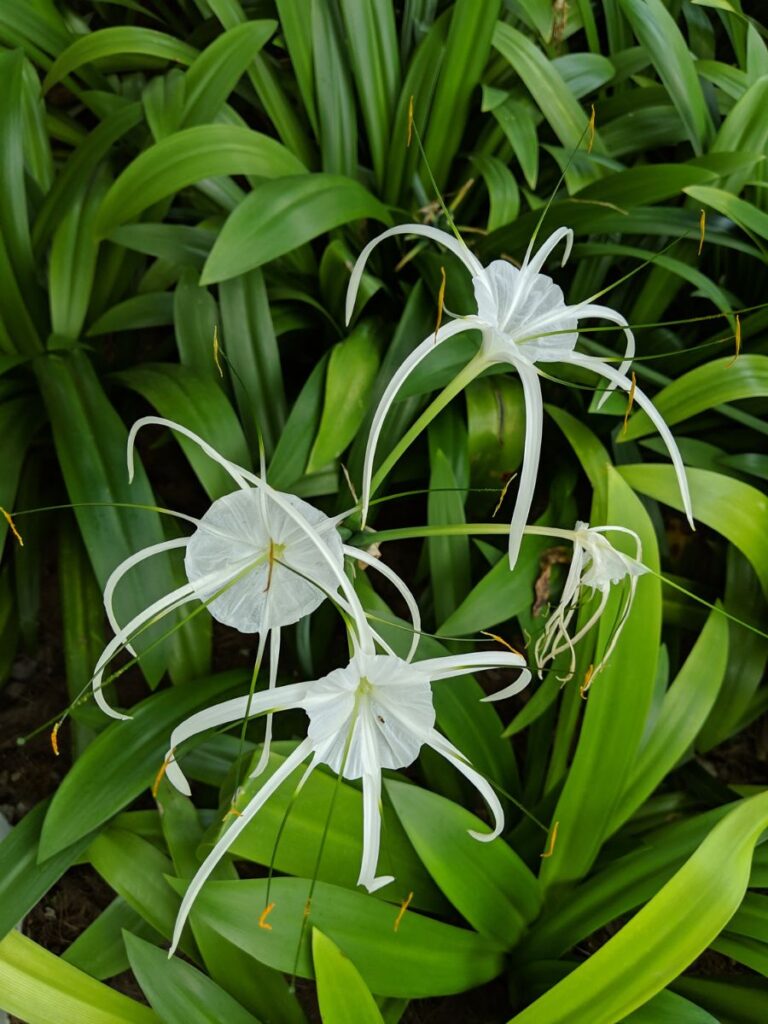
Planting
In USDA zones 5-7, planting lilies directly in the ground is the preferred method.
While container planting is possible, colder winter temperatures can expose bulbs and roots in pots to damaging freezing conditions if you leave it outdoors in the open winter.
The insulating effect of the surrounding soil in the ground offers significantly better protection for lily bulbs during this period.
Indoor vs. Outdoor Growth
While lilies are undeniably stunning, they aren’t always suitable for indoor growth. Several factors challenge their success in confined spaces:
- Light requirements: Lilies typically require even and consistent sunlight throughout the day, which most windowsills simply can’t provide. Insufficient light can lead to weak growth, stunted flowering, or even death.
- Height limitations: Many lily varieties grow quite tall, necessitating spacious environments to avoid etiolation (stretching towards light) and potential structural instability. Indoor spaces may not offer the necessary headroom for their full flourish.
- Winter dormancy: For optimal blooming, lilies need a period of chilling temperatures during winter to initiate flower bud development. Consistent indoor temperatures typically negate this dormancy requirement, impacting their ability to produce flowers.
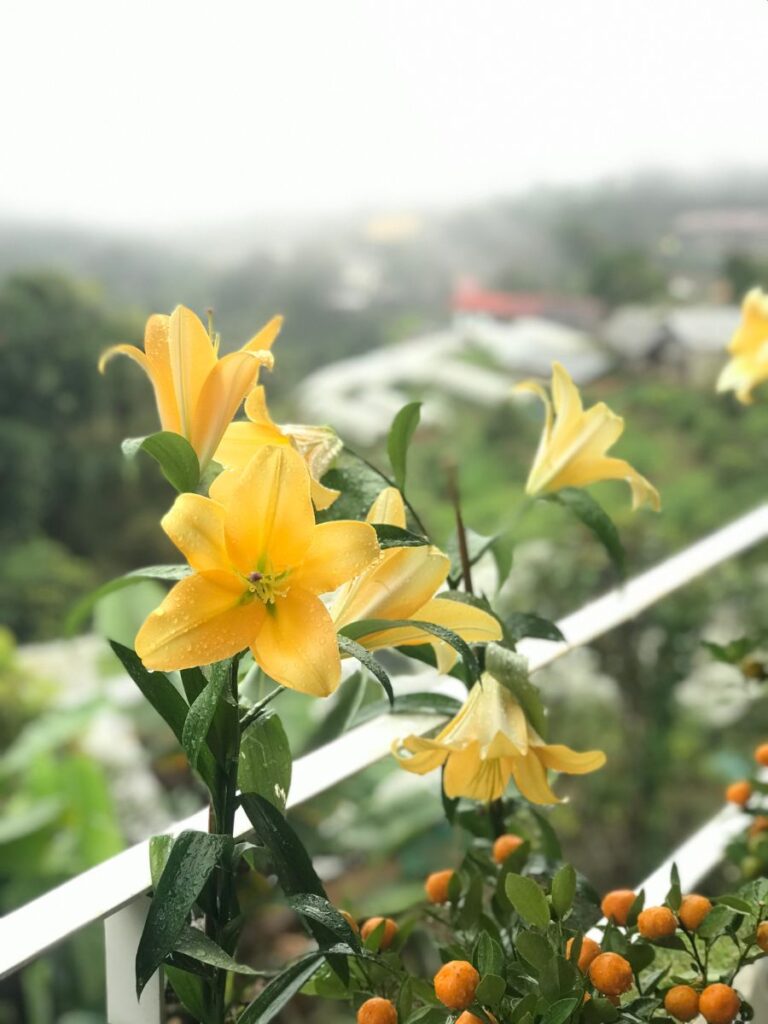
However, for passionate indoor gardeners, all is not lost!
Several plant options thrive in indoor environments and offer captivating blooms.
Consider these excellent alternatives:
- Anthuriums: With their vibrant red, orange, or pink spathes, these low-maintenance beauties add a touch of tropical flair to any room.
- Orchids: Exuding elegance and sophistication, orchids offer a diverse range of blooms in various colors and textures, with some even boasting captivating fragrances.
- Cyclamen: Compact and cheerful, cyclamen brighten winter months with their delicate, upward-facing flowers in pink, white, or purple hues.
How To Encourage Unopened Lily Buds
- Address any environmental factors that might be causing stress.
- Keep the soil consistently moist but not soggy.
- Protect the plant from strong winds and scorching sun.
- Mist the plant regularly to increase humidity.
- Check for pests and diseases and treat if necessary.
- Avoid stressing the plant by moving it or repotting it.
- Be patient! Some lilies take longer than others to bloom.
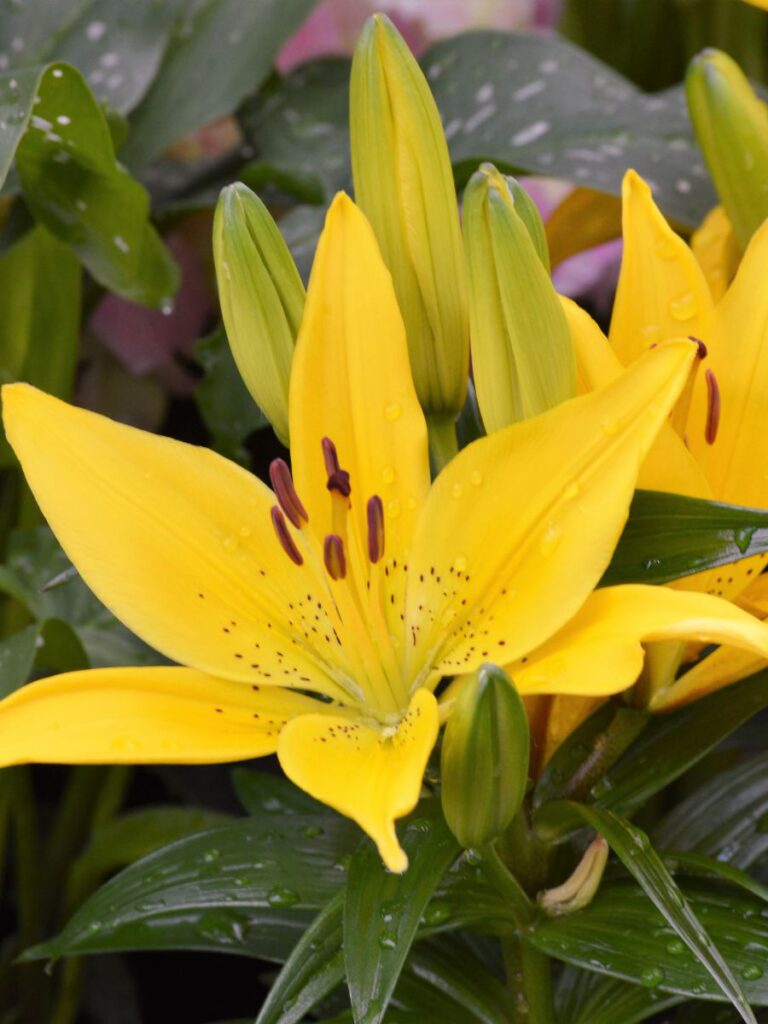
Conclusion on Lily Buds Not Opening
Lily flower buds typically open within 4 to 7 days after reaching maturity.
If you have many unopened buds, it’s best to be patient as they may need more time, especially in cloudier weather.
Warmer temperatures can speed up the process, but avoid exposing the buds to excessive heat that may lead to wilting or death.
For cut lily flowers, they will usually open naturally within around 5 days.
To facilitate the process, consider re-cutting the stems, removing lower leaves, and improving air circulation.
Remember that lilies require suitable growing conditions to bloom, including ample nutrition, sunlight, and proper watering.
If your lilies aren’t blooming at all, evaluate their environment and make necessary adjustments.
With the right care, these beautiful flowers will reward you with their stunning blooms year after year.
Source: https://thelittle.garden
Category: Flowers
